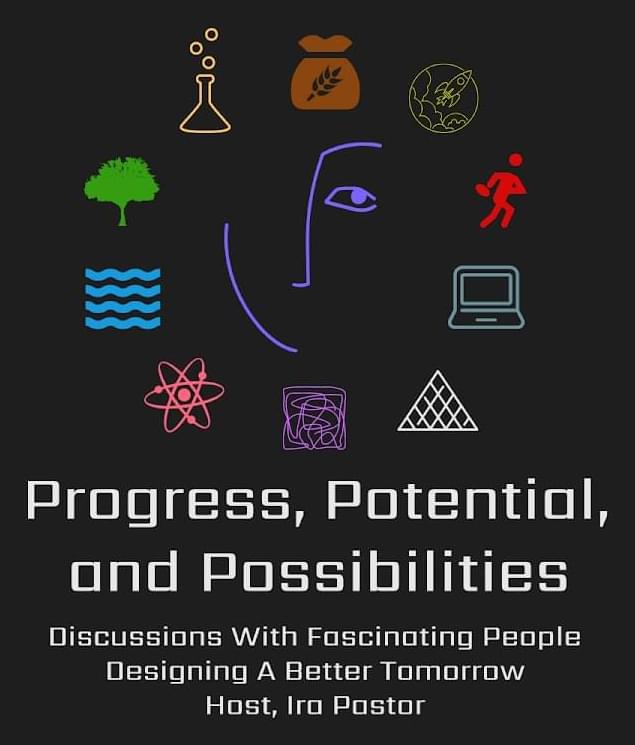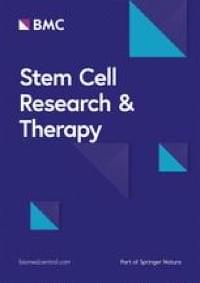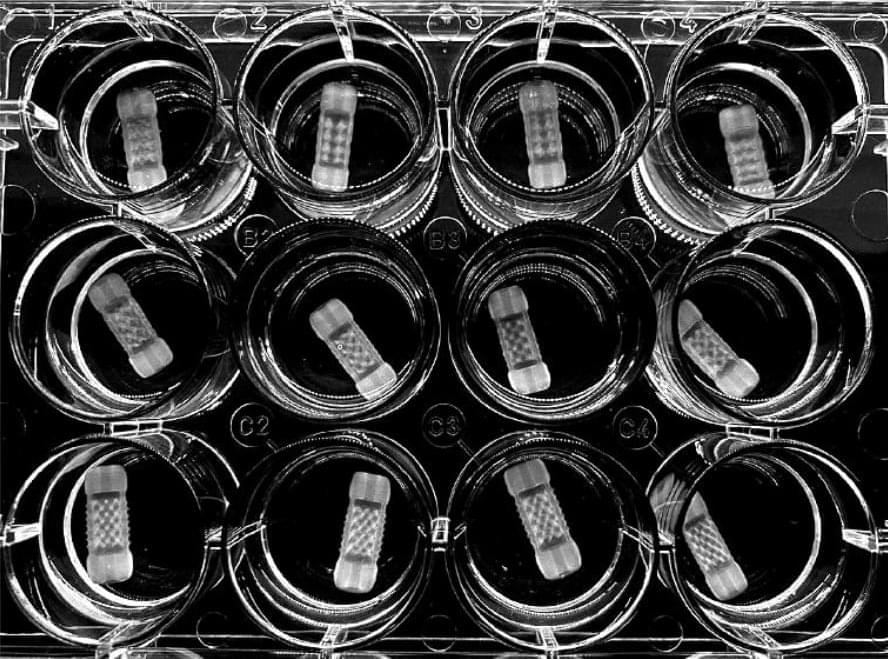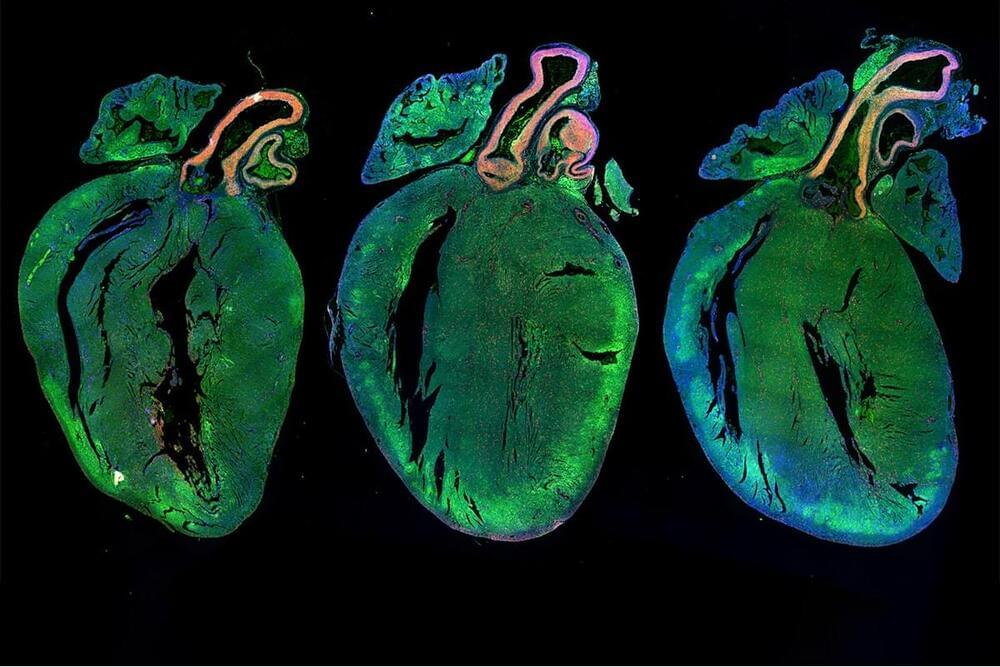Mar 4, 2022
AgeX Therapeutics: Targeting Biological Ageing | Dr Michael D. West
Posted by Montie Adkins in categories: biotech/medical, law, life extension
Have not heard from Dr West in awhile. Two things stood out in this technical hour: Telomerase in gene therapy has never been properly developed, and their iTR technology has not had animal trials as they wait for funding.
In this #webinar, Dr Michael West, a bioentrepreneur and CEO of AgeX Therapeutics, discussed the work of AgeX Therapeutics, their mission and plan to extend human health and longevity, and exciting new #technologies that could combat #ageing and unlock cellular immortality.
Continue reading “AgeX Therapeutics: Targeting Biological Ageing | Dr Michael D. West” »
















